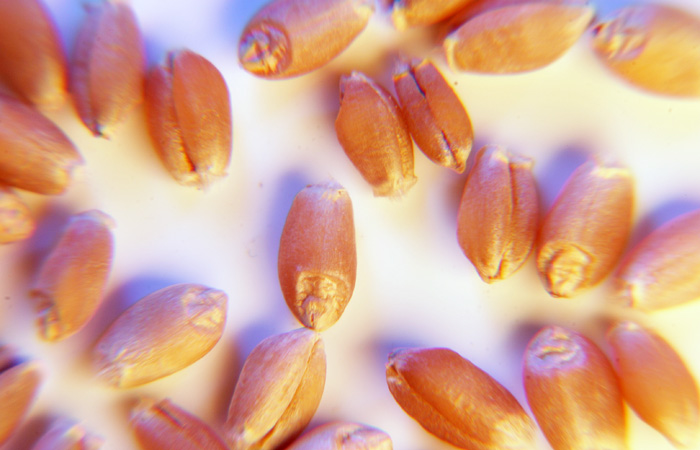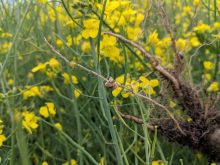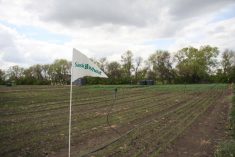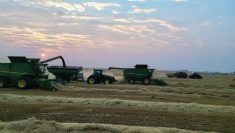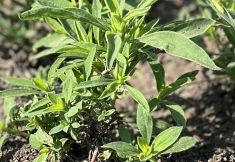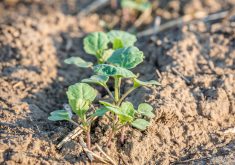Nick Petruic is a seed growth specialist for Bayer, based at Avonlea, Sask. He likes to remind his customers that it doesn’t matter how much nitrogen you’ve put on or how weed-free your field is if your seed doesn’t get out of the ground. Petruic has five tips for getting your seed off to the right start.
1. Treat your seed
For consistent results, Petruic advises, “treat your seed every year.”
With today’s lower grain prices, farmers are going to be thinking twice about each non-essential expense. Petruic thinks seed treatment is still a worthwhile investment. “They have been consistently providing positive return back to the farmer.”
Read Also
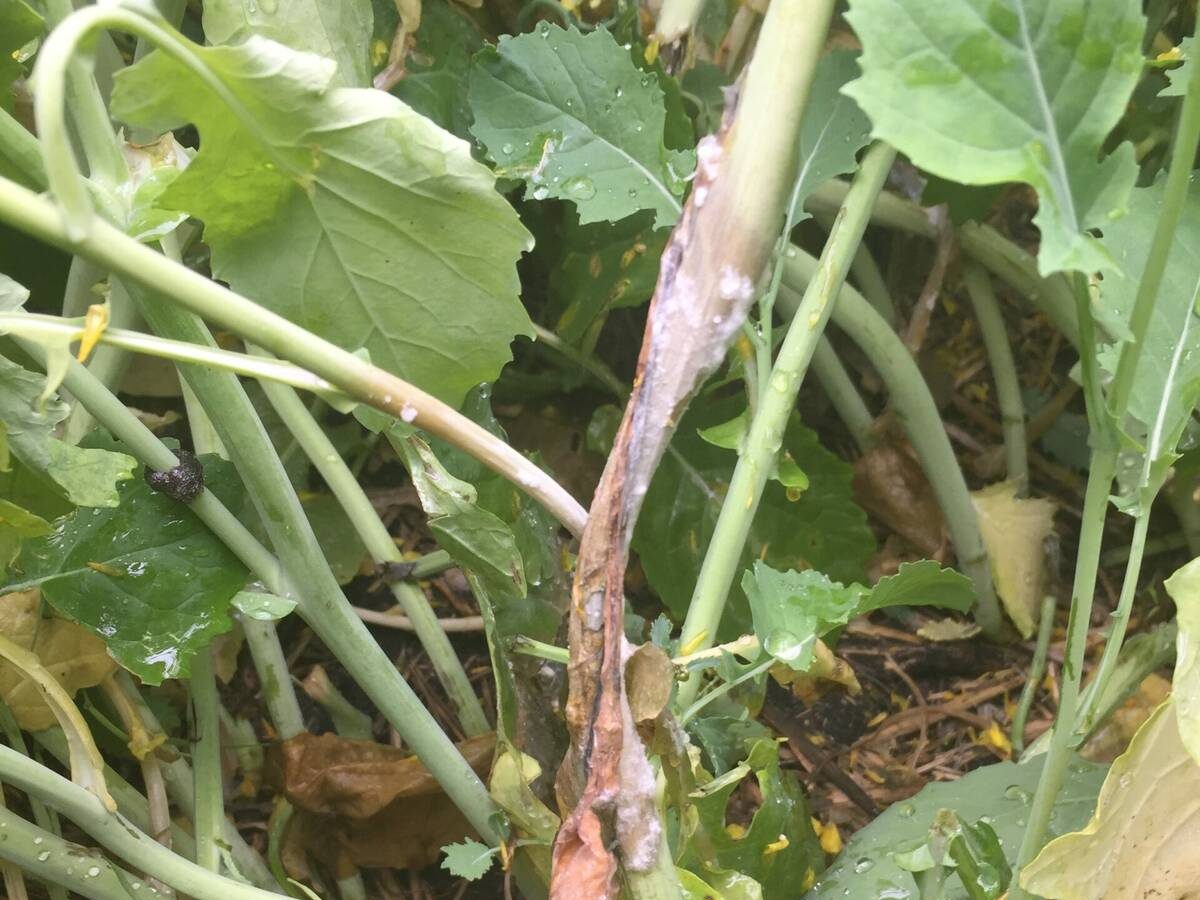
Good news, bad news for fungicides meant to fight stem rot in canola
A report shows overall insensitivity of sclerotinia to three fungicide groups hasn’t changed in a big way between 2010 and 2024 — but shows some sclerotinia populations have been discovered with elevated insensitivity to all three.
Researchers warn against using the same herbicide year after year, for fear of giving weeds a chance to build up herbicide resistance. Petruic says this doesn’t necessarily apply when it comes seed treatments. “Resistance is not going to build up because [the product] dissipates throughout its life cycle.”
The treatment only stays in the ground for a short time. “They’re not going to be there in July,” Petruic says.
2. Only use clean, tested seed
Petruic advises getting your seed tested at an accredited lab, for both germination and vigour.
If you have some disease in your seed, check your provincial regulations to find out the acceptable levels before you use it. “It’s going to vary from province to province,” Petruic says.
3. Use the right treatment
Before you treat your seed, make sure you know what diseases you’re treating for. “Not all products are created equal, and they’re not all going to solve the same disease issues,” Petruic says.
4. Check your calibration
Petruic advises farmers to make sure the seed treatment system they’re using is properly calibrated.
One of the key things to know is your seed flow rate. “How many bushels per minute that your auger is going to move?” Petruic asks. Once you know your seed flow rate, match it with your product application rate. “Then you can adjust your application method to get proper coverage.”
“If you’re going to put the time and effort into doing it, spend a little time and money at the beginning.”
In Saskatchewan, Petruic says, most farmers treat their own seed on-farm. Alberta has a higher commercial treat rate. With the recent increase in soybean acres in Manitoba, more commercial seed treaters are springing up. While they are mainly going into business to treat soybean seed, “they’re going to branch out,” Petruic expects.
5. Get good tumbling coverage
Finally, Petruic says, “get a good secondary mix.” That is, good tumbling coverage of the seed. To get this, “slow down that auger as much as you can.”
It’s important to make sure that each seed is completely coated with the treatment since, as Petruic says, “Any miss is a pathway for a pathogen.”
When in doubt call a rep
This advice is all general, not specific. That’s because, as Petruic says, “every farmer is going to have an operation that’s a little bit different from his neighbours.” There really is no one-size fits all approach.
If you’re in doubt, make sure you get the most from your investment in seed treatment by getting more information from your local rep or agrologist. “That’s our job. We’re here to help farmers make this work,” says Petruic.

